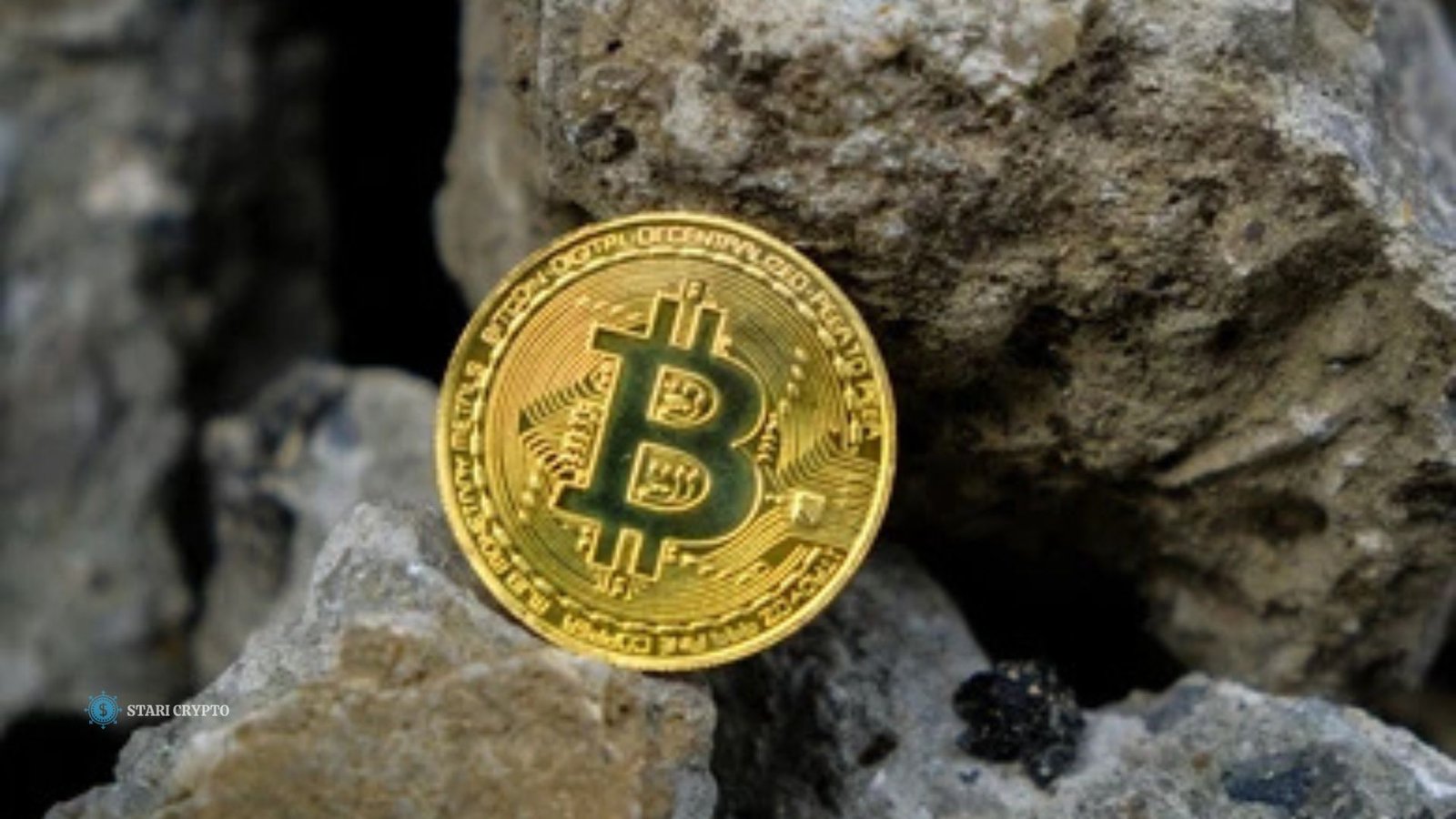One of the most important parts of the Bitcoin network is mining, which verifies transactions, keeps the network safe, and creates new bitcoins. Most people think of mining as a physical action that involves digging or getting something useful out of the ground. Bitcoin mining, on the other hand, is a digital process that uses powerful computers to solve hard math problems. This piece will talk about what Bitcoin mining is really like, including the hardware and software that are used, as well as the global infrastructure for mining, the effects on the environment, and the financial incentives that make people do it.
The Basics of Bitcoin Mining
At its core, Bitcoin mining involves validating and confirming transactions on the Bitcoin blockchain. Miners use computational power to solve cryptographic puzzles, which are mathematical problems based on the SHA-256 algorithm. When miners solve one of these puzzles, they add a new block of transactions to the blockchain and are rewarded with newly minted bitcoins and transaction fees.
Proof of Work
Bitcoin mining operates on a consensus mechanism called Proof of Work (PoW). PoW requires miners to prove that they have expended computational effort in solving the cryptographic puzzle. The solution to these puzzles is unpredictable, meaning miners must perform countless calculations until they find the correct solution. What Bitcoin Mining Looks LikeThe first miner to solve the puzzle gets to add a block to the blockchain and receive the rewards.
Mining Rewards
When Bitcoin first launched, miners received 50 bitcoins for each successfully mined block. However, the Bitcoin protocol is designed to reduce the block reward by half approximately every four years, in an event called the “halving.” Today, the block reward stands at 6.25 bitcoins, and it will continue to decrease over time until the maximum supply of 21 million bitcoins is mined.
What Bitcoin Mining Looks Like on the Ground
When done on the ground, Bitcoin mining is more like big industrial projects than normal “mining.” There are special places called mining farms where rows of computers called ASICs (Application-Specific Integrated Circuits) work nonstop to solve cryptography puzzles. Often, these tools are kept in buildings that look like warehouses or in shipping containers that have been renovated. Inside, it’s noisy and hot because the strong hardware makes heat, and the cooling systems work extra hard to keep things from getting too hot.

To keep temperatures at the right level, high-speed fans or more modern cooling methods are used. The setup you can see has endless racks of computers that are all hooked up to power and cooling systems. Because they use a lot of electricity, miners look for places with cheap or green energy sources. There are mining farms all over the world, in places with lots of hydroelectric power and places with cheap energy. This shows how Bitcoin mining has become a very technical and resource-based business.
The Environmental Impact of Bitcoin Mining
One of the major challenges facing Bitcoin mining is its significant energy consumption. The mining process requires massive amounts of electricity, primarily due to the computational power needed to solve cryptographic puzzles and the cooling systems required to prevent hardware from overheating. Bitcoin mining is often criticized for its environmental impact, as the electricity consumption of the global Bitcoin network rivals that of entire countries. According to some estimates, Bitcoin’s annual energy consumption is comparable to that of countries like Argentina or the Netherlands.
This has led to concerns about the sustainability of Bitcoin mining, especially in regions that rely on fossil fuels for electricity. What Bitcoin Mining Looks Like, In response to these concerns, some Bitcoin miners are using renewable energy sources to power their operations. Hydroelectric, solar, and wind power are increasingly being used to reduce the carbon footprint of mining. In fact, many mining farms are strategically located in regions with abundant renewable energy, such as Iceland (geothermal energy) and China’s Sichuan province (hydropower).
The Financial Side of Bitcoin Mining
Bitcoin mining is not just about validating transactions and securing the network—it’s also a business. Miners are rewarded with bitcoins, but the profitability of mining depends on several factors, including the price of Bitcoin, mining difficulty, energy costs, and the efficiency of the mining hardware.
Mining Costs
- Electricity: The most significant cost for miners is electricity. Mining can be unprofitable in regions with high energy prices, especially if Bitcoin’s price is low. Many miners seek out regions with cheap or surplus energy to remain competitive.
- Hardware Costs: The initial investment in ASIC miners can be substantial. High-end models can cost thousands of dollars, and given. The rapid technological advancements, hardware can become obsolete within a few years.
Mining Profits
When Bitcoin’s price is high, mining can be highly profitable, as the value of the block reward outweighs operational costs. However, during bear markets, when Bitcoin’s price drops. Mining profits can shrink, leading some miners to shut down their operations temporarily.
The Future of Bitcoin Mining
As Bitcoin continues to become more popular, people are still talking about what will happen to mining in the future. Miners are likely to keep looking into renewable energy options as people become more concerned about the environment and saving energy. Also, when the block reward is eventually cut in half (which is likely to happen again in 2024), Bitcoin miners will earn less, which could lead to even more mining operations being merged.

Even though mining has become a very competitive business, it is still what keeps the Bitcoin network safe and decentralized. Bitcoin mining will look different in the future because the tools and methods used will change with technology.
Also Read: Bitcoin Mining Block Rewards profitable
In summary
In contrast to what the word “mining” may conjure up, Bitcoin mining does not involve any actual digging. On the contrary, it’s an extremely complex procedure that calls for a lot of energy, specialized machinery, and massive infrastructure. Bitcoin mining is an international industry. That supports the stability and safety of the Bitcoin network. Ranging from lone ASIC operators to massive mining farms.
The current state of Bitcoin mining. Sheds light on the bigger picture of the cryptocurrency industry. The possibilities and threats it faces going forward. What Bitcoin Mining Looks Like, Technological progress and the demand for renewable energy. Sources will propel the mining business to new heights as Bitcoin’s popularity soars.


















